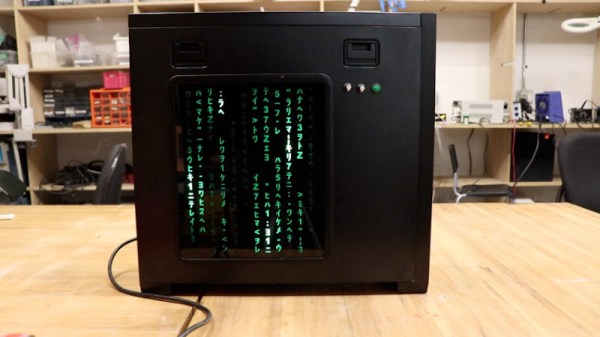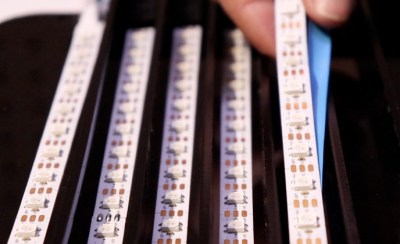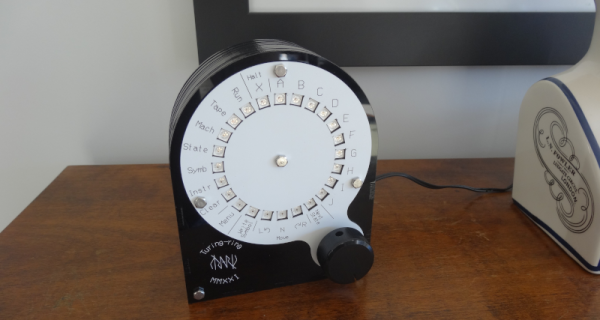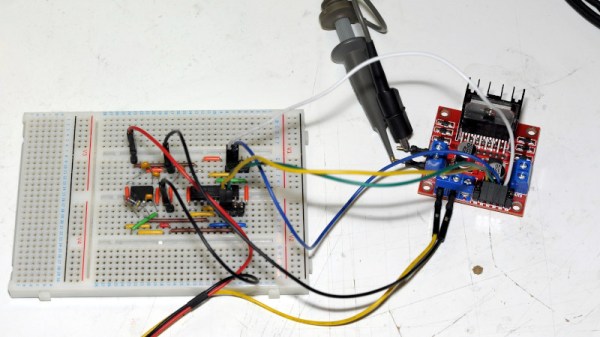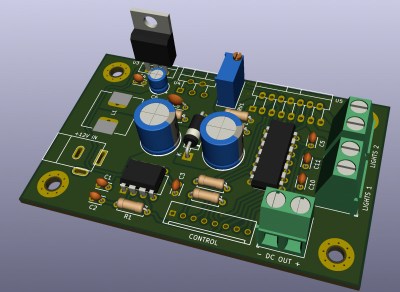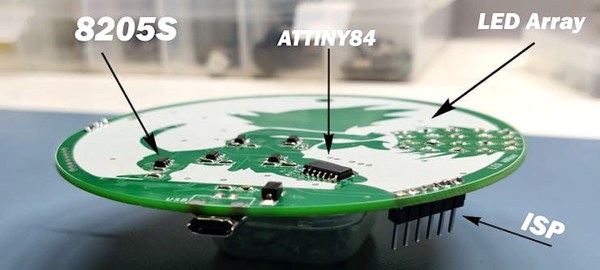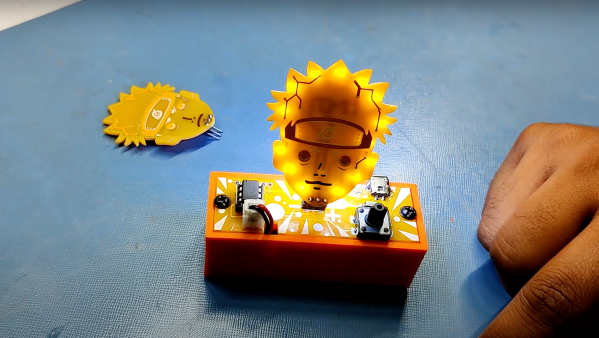NeoPixels, a type of LED strip with individually addressable pixels, are a firm favorite among creators of intricate light effects. They are popular for their versatility and the ease with which you can daisy-chain them. Although the protocol to drive these little LEDs can be rather tricky to implement due to tight signal timing constraints.
However, [Adrian Studer] proved that driving WS2812-based LED strips like the NeoPixel series doesn’t necessarily require hand-optimized assembly code. In fact, it doesn’t require any code at all. He built the NeoPixel Punk Console, a device that creates a light show without even using a microcontroller. Just a handful of 555 timers and some 74HC series logic work together to produce pulses with approximately correct timings.
Operating the device is as easy as tweaking a few potentiometers, just like its namesake the Atari Punk Console. It’s quite a random process though, and it might be impossible to re-create a pattern that you liked. Also, the LEDs mostly light up in primary colors at full power, though [Adrian] plans to make an improved version that drives the red, green, and blue subpixels separately. But the fact that all of this is implemented by just a bunch of 555 timers makes it a rather impressive hack by any standard.
We’ve seen more than a few ways of driving NeoPixels or similar WS2812-based LED strips, though all of them use a microprocessor of some sort; you can fire up a classic 6502, use SPI and DMA on a PIC32, or just plug in a single ARM Cortex M0+.
Continue reading “NeoPixel Punk Console Drives WS2812s Using 555 Timers”

